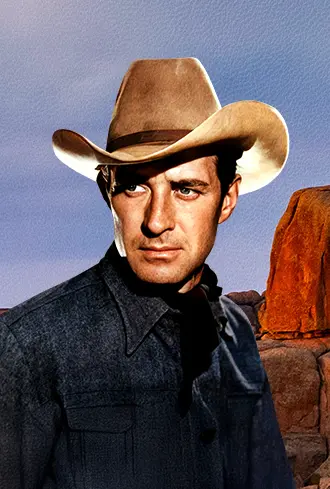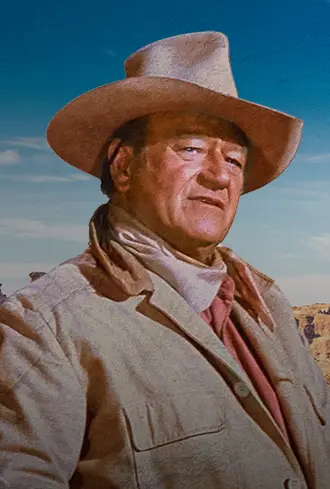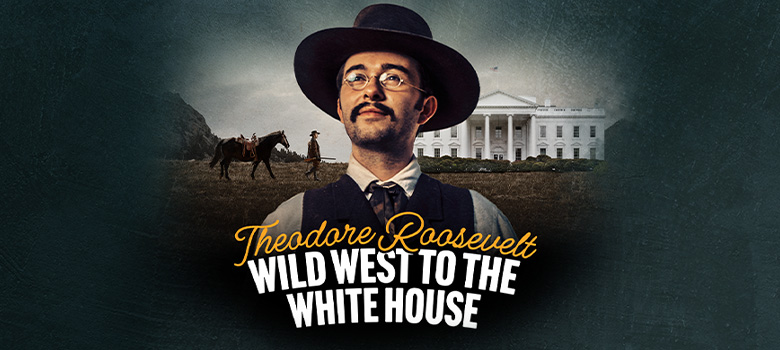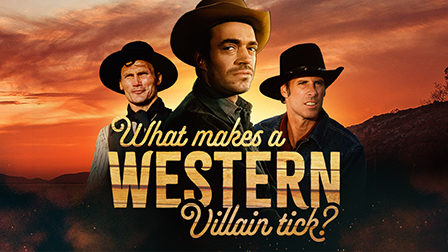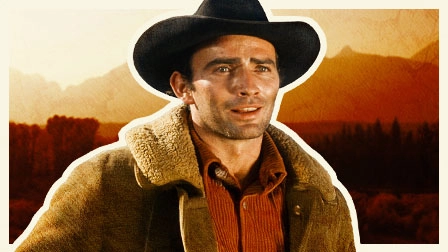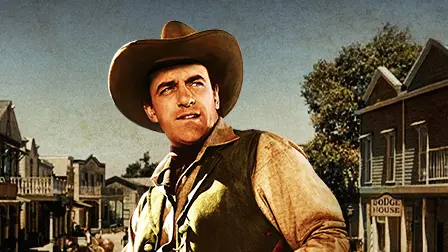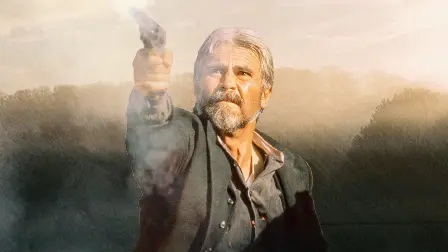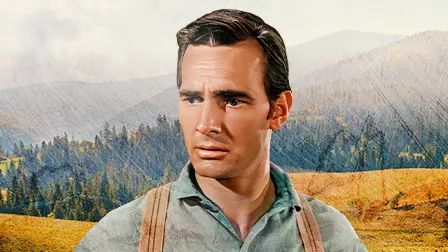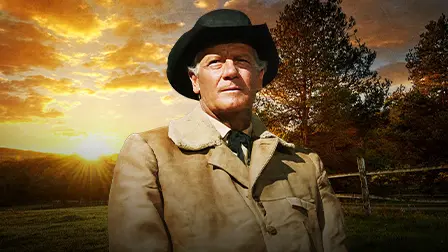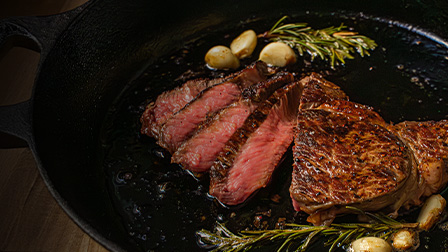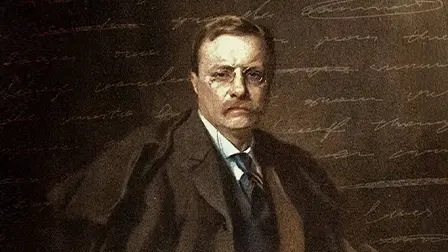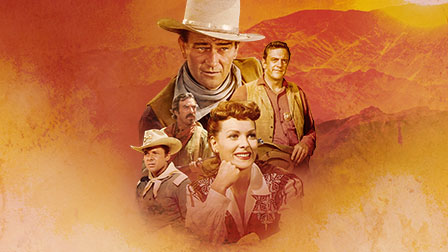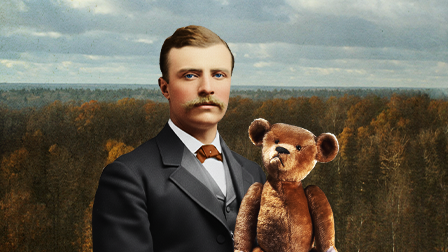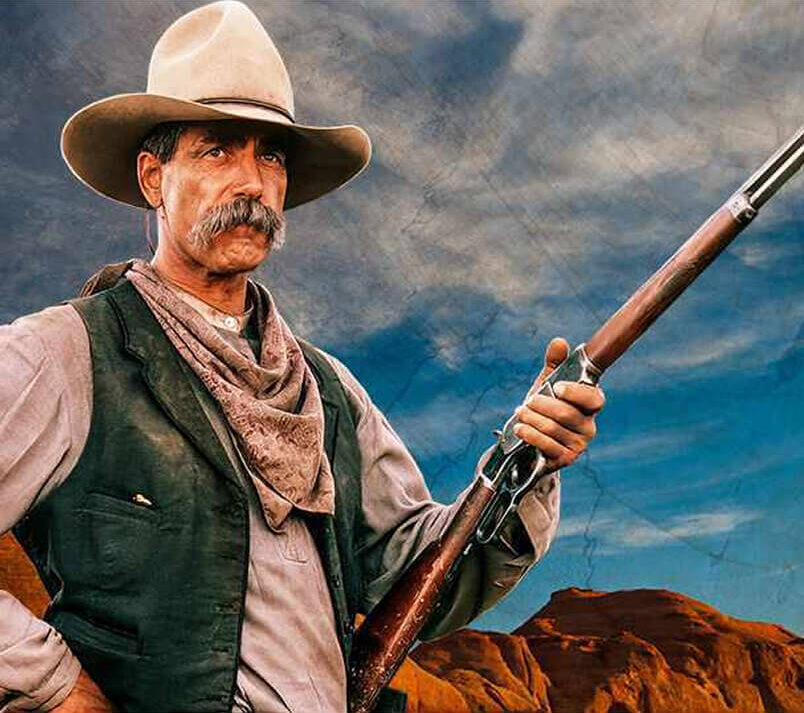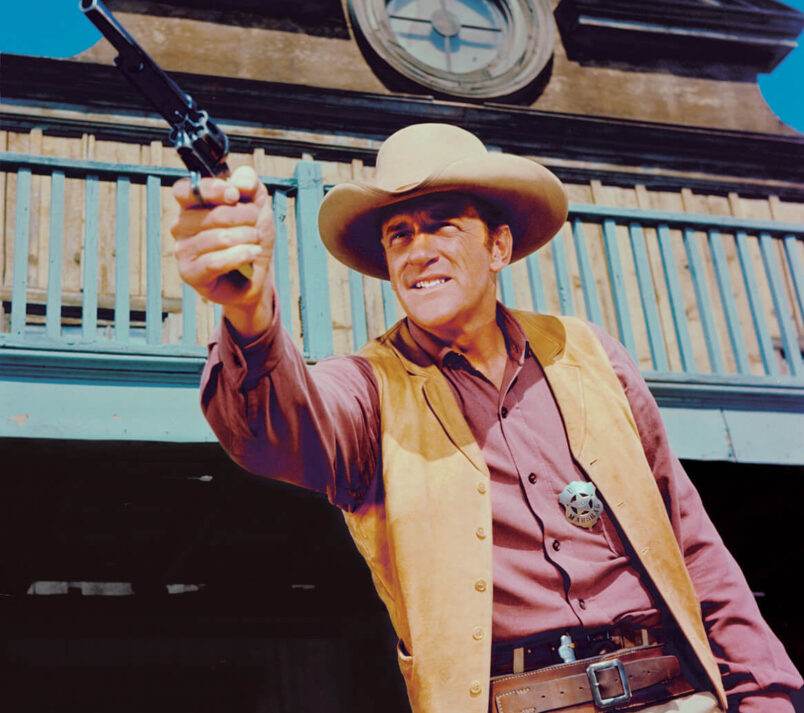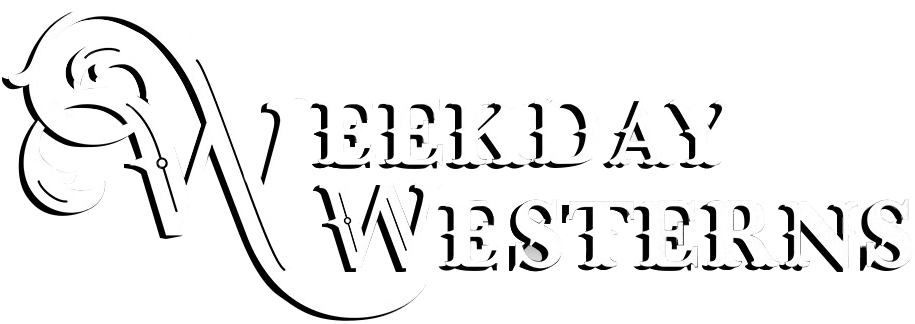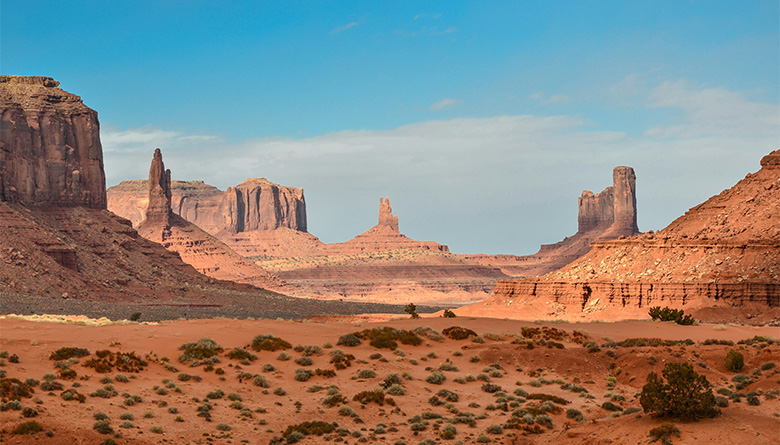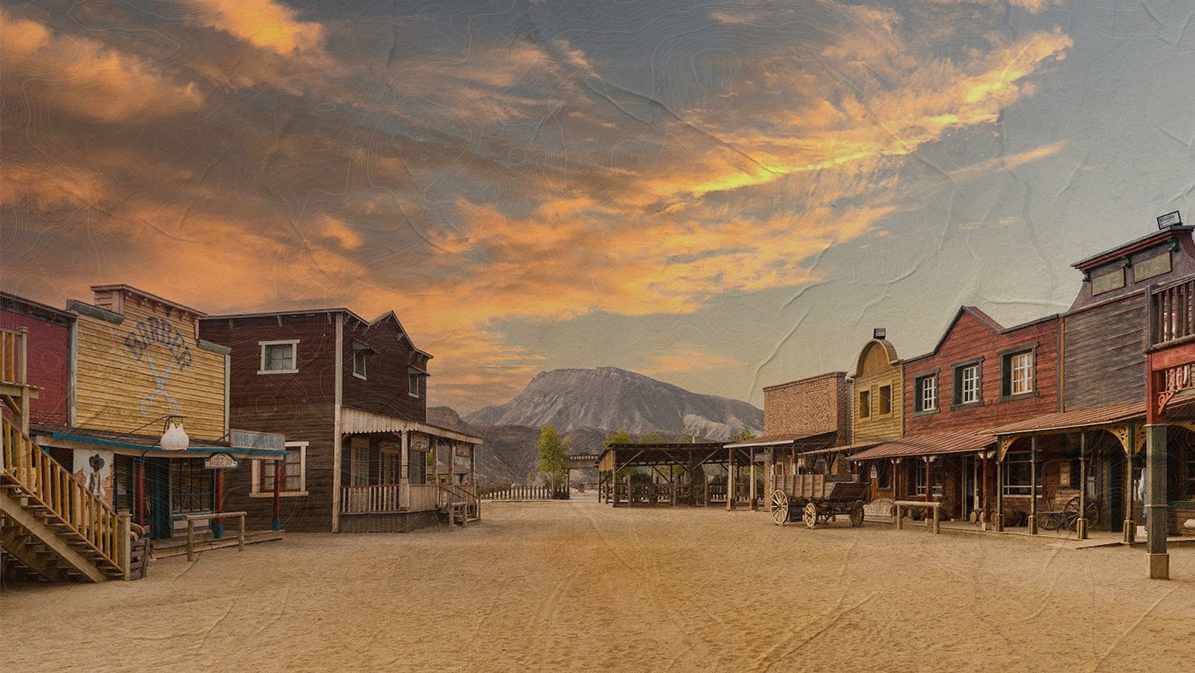Theodore Roosevelt: Cowboy, Conservationist, and President
Born small and sickly, Theodore Roosevelt grew into a big, burly man who chose to live an exuberant life—whether as the father of six children, a cattle rancher in the Dakota Territory, or the president of the United States. Here is his story.
Early Life
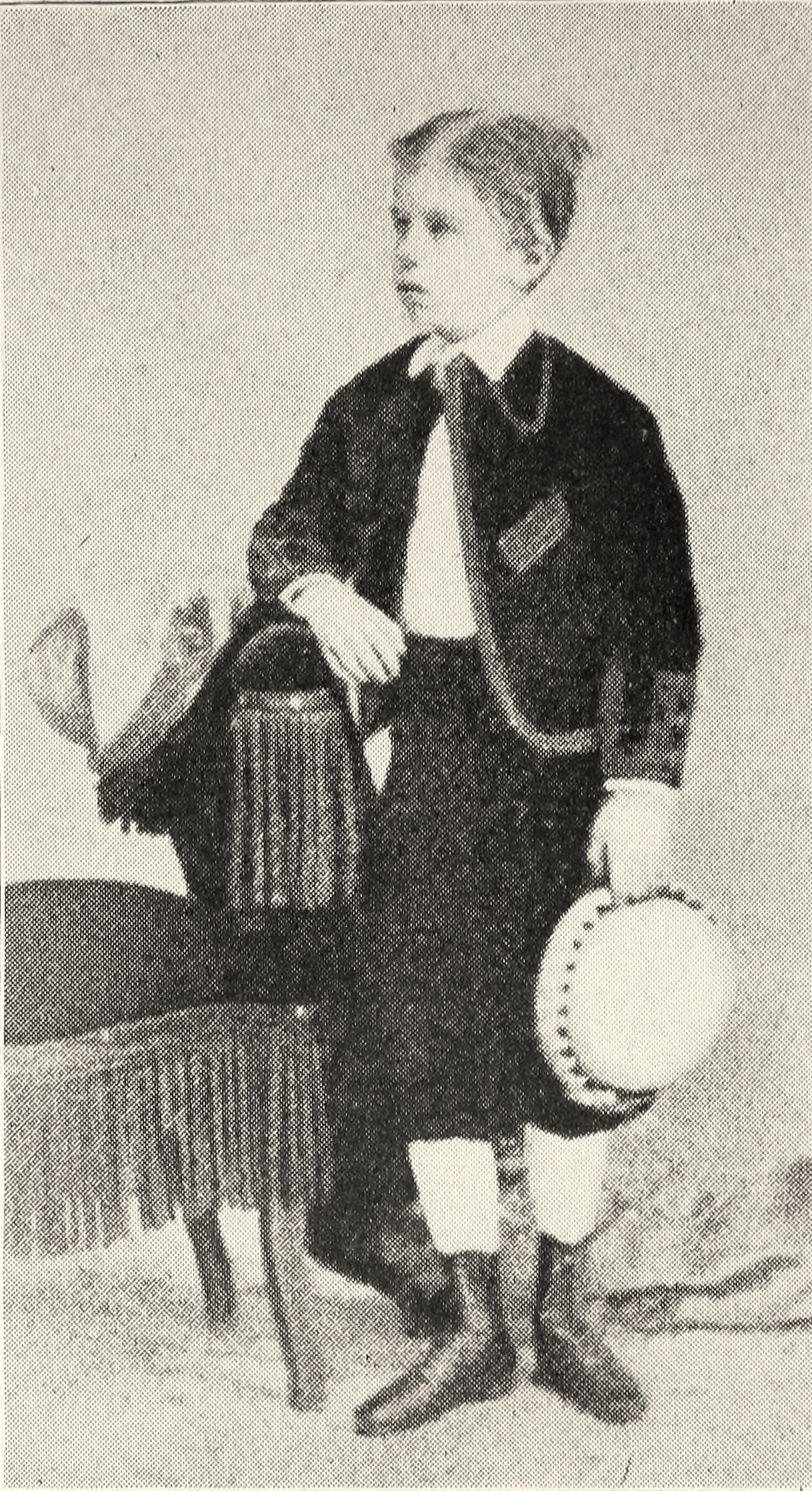
Theodore Roosevelt (also known as T.R.) was born on Oct. 27, 1858, in New York City. His father was Theodore Roosevelt Sr., a businessman and a philanthropist, and his mother was Martha Stewart Bulloch, a socialite. He was the second child born to the couple. Theodore had an older sister, Anna; a younger brother, Elliott; and a younger sister, Corinne.
Theodore’s childhood was marked by illness. He had nighttime asthma attacks that left him, and his parents, terrified; doctors said there was no cure. Still, while his asthma often debilitated him, he was still a mischievous, intelligent, and spirited young boy.
His parents took the whole family on vacations around the world, including tours of Europe and Egypt. While hiking in the Alps, Theodore realized that exercise helped him breathe better and it lifted his mood, so he began exercising regularly. After he had a run-in with some boys on a camping trip, he added boxing lessons to his exercise regimen.
Theodore continued to pursue a strenuous course of physical exertion, and he grew up to be a healthy young man.
The College Years
 Young Roosevelt entered Harvard College in 1876. His father told him: “Take care of your morals first, your health next, and finally your studies.” Theodore tried hard to follow his father’s example, even teaching Sunday school just like him. When his father died suddenly in 1878, Roosevelt was devastated.
Young Roosevelt entered Harvard College in 1876. His father told him: “Take care of your morals first, your health next, and finally your studies.” Theodore tried hard to follow his father’s example, even teaching Sunday school just like him. When his father died suddenly in 1878, Roosevelt was devastated.
Theodore was a voracious reader and naturally inquisitive; he excelled in history and biology, French and German. But he struggled with math, Greek and Latin. He was a devoted naturalist and a published ornithologist before he even graduated. While at Harvard, he also was an editor for The Harvard Advocate, joined a fraternity and participated in boxing and rowing.
Theodore Roosevelt graduated from Harvard in 1880 at the top of his class.
Marriage, Politics, and Heartbreak
On Oct. 27, 1880, Theodore Roosevelt married Alice Hathaway Lee, a socialite. Alice’s nickname was “Sunshine” because of her sunny disposition and radiant beauty.
Cutting their honeymoon short, the Roosevelts moved to New York City, where Theodore intended to study at Columbia Law School. However, he soon realized that he found the law “irrational.” So, he spent most of his time writing a book on the War of 1812 instead.
At this point, Theodore was determined to get involved in local politics. Soon he won a seat in the state assembly, making his mark as a politician who was willing to expose corrupt politicians. Theodore rode a wave of popularity that saw him win easily in his next election.
But in 1884, tragedy struck ... twice. On Feb. 12, Theodore’s wife Alice gave birth to a beautiful and healthy daughter. They named the baby Alice after her mother. But on Feb. 14, T.R.’s mother died from typhoid fever. And just 11 hours later, his beloved wife died of kidney failure.
Theodore marked the page in his diary with a big X and wrote: “The light has gone out of my life.”
Overcome with grief, he left his infant daughter, Alice, with his older sister, and threw himself into his work.
Theodore in the Badlands
Following the 1884 elections, Roosevelt left New York and headed for his ranch in the Dakota Badlands.
When he went there for the first time in 1883, Roosevelt only wanted to hunt bison. But, after he experienced the expansive beauty and solitude of this special place, he decided to invest in cattle ranching.
Now, seeking solitude to grieve the deaths of his wife and mother, he returned to the Maltese Cross Ranch and decided to build a ranch house at another site, which he named Elkhorn Ranch.
On this trip, he learned how to ride Western style, rope, and hunt for bison, elk, deer, and other animals along the Little Missouri River. He would go for long horseback rides, sometimes for days in a row, exploring and enjoying the incredible natural beauty all around him.
He hired two men to oversee his cattle operation and take care of the ranches. He also helped them build the new ranch house at Elkhorn.
For the next couple of years, Theodore wrote articles about frontier life published in national magazines. He also wrote three books: Hunting Trips of a Ranchman, Ranch Life and the Hunting Trail, and The Wilderness Hunter.
But Theodore didn’t stop there. He organized local ranchers into the Little Missouri Stockman’s Association to address problems like overgrazing and the Boone and Crocket Club, which sought to conserve big game animals and their habitats. Roosevelt even served as deputy sheriff in Billings County, and along with two ranch hands, he helped nab boat thieves.
The terrible winter of 1886-1887 decimated the cattle population and cost Roosevelt most of his investment. In 1890, he abandoned the ranch and handed over the cattle to Sylvane Ferris, his latest caretaker. He sold the ranch and buildings to Ferris eight years later.
The impact that Elkhorn had on him and his love for conservation would later be seen in his presidential years. And although the local cowboys called Roosevelt “Dude,” they respected him. In fact, he became a popular leader in the area and was admired for his fearlessness and courage.
Second Marriage and More Children
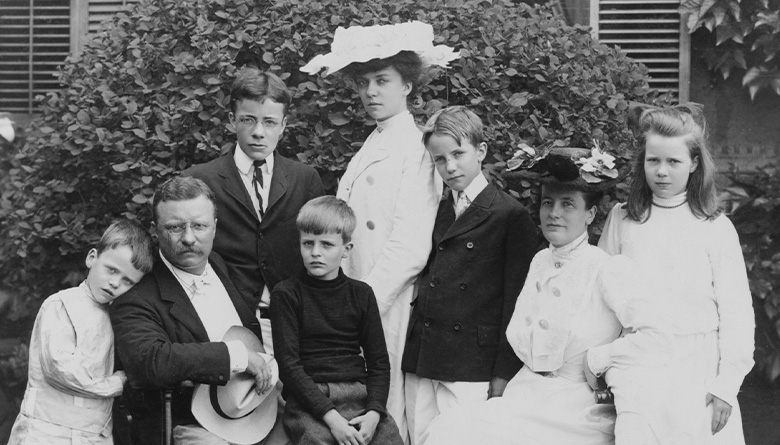
In December 1886, Theodore married Edith Kermit Carow, his childhood friend. Theodore and Edith brought Alice home with them, and the couple went on to have four sons and another daughter over the next 10 years.
Politician, Soldier, and President
In 1887, Theodore plunged back into politics, once again seeking to weed out corruption at every level of government. This made him very popular with everyday people—and less popular with the politicians who enjoyed being corrupt.
When the United States waged war on Spain, Theodore volunteered to lead a band of soldiers into the war. These men were dubbed the "Rough Riders" by the press.
Lt. Col. Theodore Roosevelt led the Rough Riders in a charge up Kettle Hill. When he came home, he was a national hero.
His soaring popularity was evident when he ran for governor of New York—and won easily. But the party bosses didn’t want Roosevelt to clean up their corruption. So, they recommended that he be named as a vice presidential candidate in the upcoming election. William McKinley offered the nomination to Theodore Roosevelt and he accepted.
The New York politicians thought they’d be rid of him if he was vice president ... but when McKinley was assassinated, Theodore Roosevelt became the 26th president of the United States. He served in the office from 1901-1909.
He had many successes as president, including trust-busting, business regulations, negotiating labor disputes, and prosecuting corruption in the federal government. But the thing he was most proud of was his work on conservation.
Theodore Roosevelt learned to love the untamed wilderness and sought to keep it—and the animals that lived there—from being wiped out. He was unapologetic about his belief that it was important to keep forests and natural resources intact so that future generations would benefit from them.
Life and Legacy
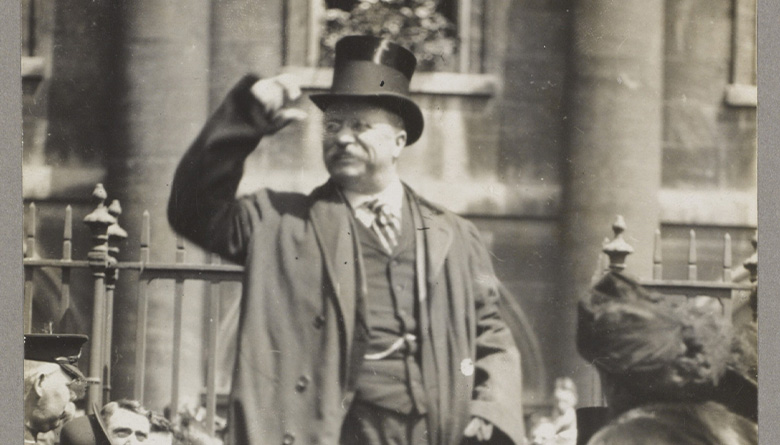 Following his years in the White House, Theodore Roosevelt remained a force in politics. He even ran for president again in 1912—and survived an assassination attempt when he was shot in the chest. Doctors said it would be best not to remove the bullet, so it stayed there for the rest of his life.
Following his years in the White House, Theodore Roosevelt remained a force in politics. He even ran for president again in 1912—and survived an assassination attempt when he was shot in the chest. Doctors said it would be best not to remove the bullet, so it stayed there for the rest of his life.
In 1913-14, he went on his last great adventure: a South American Scientific Expedition with his son, Kermit, and a team of explorers and scientists. Unfortunately, Theodore suffered a leg wound that became infected, and he almost died. But somehow, he survived and lived to write about it.
Theodore Roosevelt ultimately died in his sleep on the morning of Jan. 6, 1919. His son, Archibald, telegraphed this message to the family: “The Old Lion is dead.” Theodore Roosevelt was 60 years old.
Historians usually rank T.R. in the top five presidents in American history. Future generations have Theodore Roosevelt to thank for prioritizing the conservation of resources and habitats. His time at Elkhorn left a lasting impression on him—and made him the most consequential conservationist president in our history.
Want to learn more about T.R. and his time out West? Check out Elkhorn, the INSP Original Series here.
Suggest a Correction
We strive for accuracy and fairness. But if you see something that doesn’t look right, click here to contact us!

